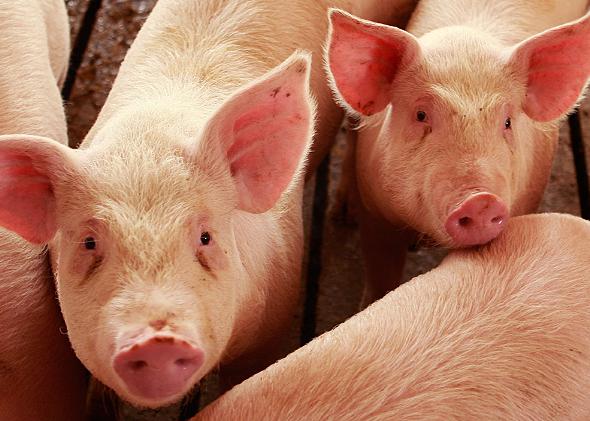Gallup had some alarming news about the state of the American labor market last week. According to its survey data, the share of the adult population with a job fell by more than a percentage point in September from the year before, a clear sign of flagging demand for workers. That’s the kind of news that ought to be weighing on the minds of policymakers at the Federal Reserve as they evaluate their quantitative easing program at a time of extreme uncertainty about the course of economic policy in Congress. But are Gallup’s numbers accurate? And will those numbers get even worse with federal workers furloughed, ordinary citizens anxious, and financial markets looking ahead to the debt ceiling clash?
The truth is we don’t know.
Last Friday the Bureau of Labor Statistics should have released its monthly update on the state of the American workforce. That includes both the establishment survey, through which we determine the number of jobs in the country, and the household survey, which measures the unemployment rate. The update wasn’t released because the overwhelming majority of BLS workers are furloughed due to the government shutdown, while federal workers with guns and badges or those charged with keeping airplanes running are still on the job. While a lack of government statistics for a day or two or even a week doesn’t necessarily cause an immediate crisis, the longer it lingers, the more we’ll see that the free flow of detailed statistical information is very much essential to the workings of a modern economy.
Consider the shutdown’s impact on pork. The literal dead-pigs kind, not the congressional kind. American farmers slaughter about 110 million pigs a year to support a $95 billion industry. But as Gregory Meyer reported Thursday for the Financial Times, “the disappearance of official prices removed a reference point for farmers to negotiate sales with meatpackers.”
Nobody knows, in other words, what the average price is and therefore what a fair offer would be. Of course it’s hardly impossible to conduct market transactions without government price data. People do it all the time. But for large commodity industries, it’s certainly much simpler if credible knowledge is widely available.
“We have no clue what the price of hogs is, or the price of pork,” Illinois hog farmer Brian Duncan told Bloomberg. That makes it hard for farmers to know what to do. The same lack of data that’s confusing farmers means we have no real way of knowing what it is that’s happening in response to the information gap. Are pigs being held off the market, which would likely to provoke a shortage? Is the market glutted with cheap pigs? Nobody knows. For now it’s a problem for farmers and meatpackers, but the issue will propagate downstream to grocery stores and restaurants and pork-eaters throughout the land.
The pork market may seem trivial to the operation of the American economy, but the same basic problem will be reverberating throughout the commodities sector. The Energy Information Agency is still up and running today, but should run out of cash around Friday, at which point the anything-but-trivial oil and gas markets will be stricken with the pig industry’s problems.
Will disruptions in commodity markets disrupt the ability of other firms to get supplies and earn profits? We would get our first hint in Friday’s producer price index release, except of course there won’t be a producer price index release on Friday. Nor will we get the import and export price index release scheduled for Thursday. Those indexes are the lead-up to the big consumer price index report that’s supposed to come out on Wednesday, Oct. 16, but probably won’t as the shutdown drags on and on.
If the White House is genuinely open to a short-term fix on the debt ceiling, then conceivably the shutdown could continue for quite some time. We could head into a Federal Reserve Open Market Committee meeting on Oct. 29, at which the Fed would need to adjust monetary policy without knowing what was happening with inflation, employment, housing starts, trade, or any of the other key government statistical series. Ben Bernanke and his colleagues would be in essentially the same place as today’s put-upon pig farmers—groping in a data vacuum.
Of course we used to operate the economy on this basis regularly. Back before the Great Depression, the U.S. government wasn’t particularly interested in tracking the ups and downs of the economy. But then the Depression happened. People realized it would be a lot easier to fight recessions if policymakers actually knew what was happening. Then World War II offered an impetus for a substantial expansion of federal capabilities, and ever since, both the public and private sectors have relied on government data to guide decision-making. Now we’re flying blind. For a day, nobody notices. For a week, it’s a funny problem for pig farmers. But if it lasts, it’s going to become genuinely scary.
